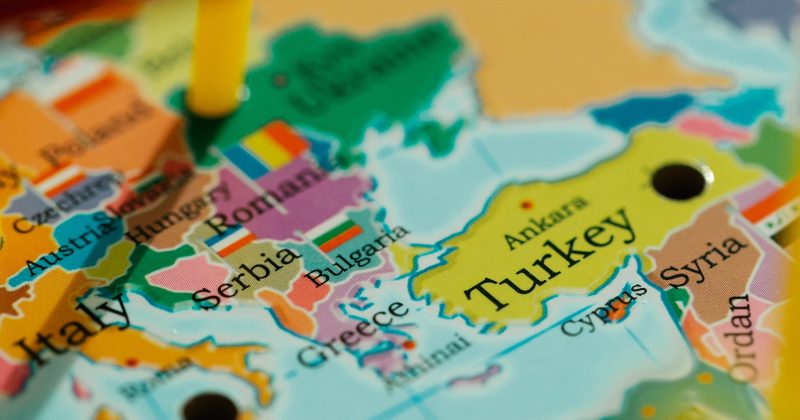Susan O'Rourke | February 16, 2023

UNC World View stands with the people of Turkey and Syria and with educators helping students unpack and process the tragedy of the recent earthquakes. As students may have questions on many topics, ranging from the causes and impacts of the earthquake to the local and international response efforts, we have gathered some resources listed below to help educators supporting these students. We also encourage interested educators to share more about Turkish and Syrian history and culture with their students to provide a more fulsome narrative to students who might be learning about Turkey and Syria for the first time.
The New York Times offers a lesson specifically for teachers on “[ways] to help students understand the crisis and how they can make a difference.” The lesson allows for students to 1) gain knowledge of the causes, scale, and impact of the earthquake; 2) process their emotional responses to the events; and 3) identify actions they can take to help. After reading about the earthquake and its impact, students can discuss the following questions provided by The New York Times:
- How big was the earthquake? How does it compare to others in the region?
- What has been the impact on Turkey and Syria?
- What have rescue efforts been like so far? How have they been complicated by weather in the region?
- There are several simultaneous crises compounding the damage in Turkey and Syria. What are they and how are they affecting the recovery from the quake?
- “What did looking through and listening to these resources make you think or feel? What images, sounds or statistics are most compelling, meaningful, moving or important to you? Why?
- What questions do you have about the earthquake, its impact or aftermath?
The lesson plan also includes quizzes on Turkish and Syrian history and culture, activities studying maps, and activities to help students “[learn] about Turkey’s Anatolian fault system and the science of earthquakes.”
Teaching Resources
- Earthquake in Turkey and Syria (Video with Transcription and Discussion Questions) (PBS News Hour Classroom)
- Earthquakes (National Geographic Kids)
- The Science of Earthquakes (USGS)
- Earthquakes Lesson Plan (Kesler Science)
- Teacher Guide: Earthquakes (California Academy of Sciences)
- Turkish Cultural Foundation: Lesson Plans on Turkey
- Windows into Turkish Culture (Ohio State)
- K-14 Resources on Islam from The Duke-UNC Consortium for Middle East Studies
- The War Show | Lesson Plan: Syria’s Arab Spring: An Information and News Literacy Learning Case Study (PBS Learning Media)
- Syria: What Students Need to Know Now (from 2017 but includes a section with resources on Syria’s Cultural Significance) (TED-Ed Blog)
- Arab American National Museum Resources for Educators (includes a Google Drive of lesson plans for elementary and middle/high school educators)
- Arab American Heritage Month Resource Guide (TeachMideast)
Additional Contextual Resources
